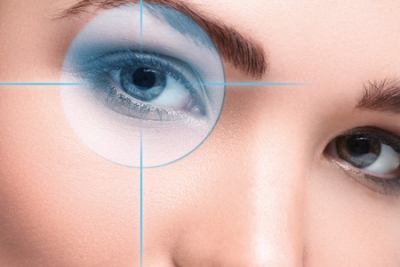
Eye donors could be of any age group or sex. People who use spectacles, diabetics, and patients with high blood pressure, asthma patients and those without communicable diseases can donate eyes.
Persons with AIDS, Hepatitis B and C, Rabies, Septicaemia, Acute leukemia (Blood cancer), Tetanus, Cholera, and infectious diseases like Meningitis and Encephalitis cannot donate eyes.
The surgical removal of the eye tissue is performed soon after death, ensuring the tissue is in the best possible condition for transplant. This also makes sure that the funeral arrangements are not delayed in any way. Because the removal causes no disfiguration, an open casket is still an option for the donor family. Eyes must be removed within 4 – 6 hours after death.
The most important action a person can take is to tell his/her family and legal representative. Most states now require that families be offered the option of donation when a loved one dies. Families may give consent for donation. It is most helpful if they know in advance that s/he would like to donate his/her eyes. A donor card can serve as an indication to the family / legal representative and hospitals of one’s intention to be an eye donor.
Picture Credit : Google

